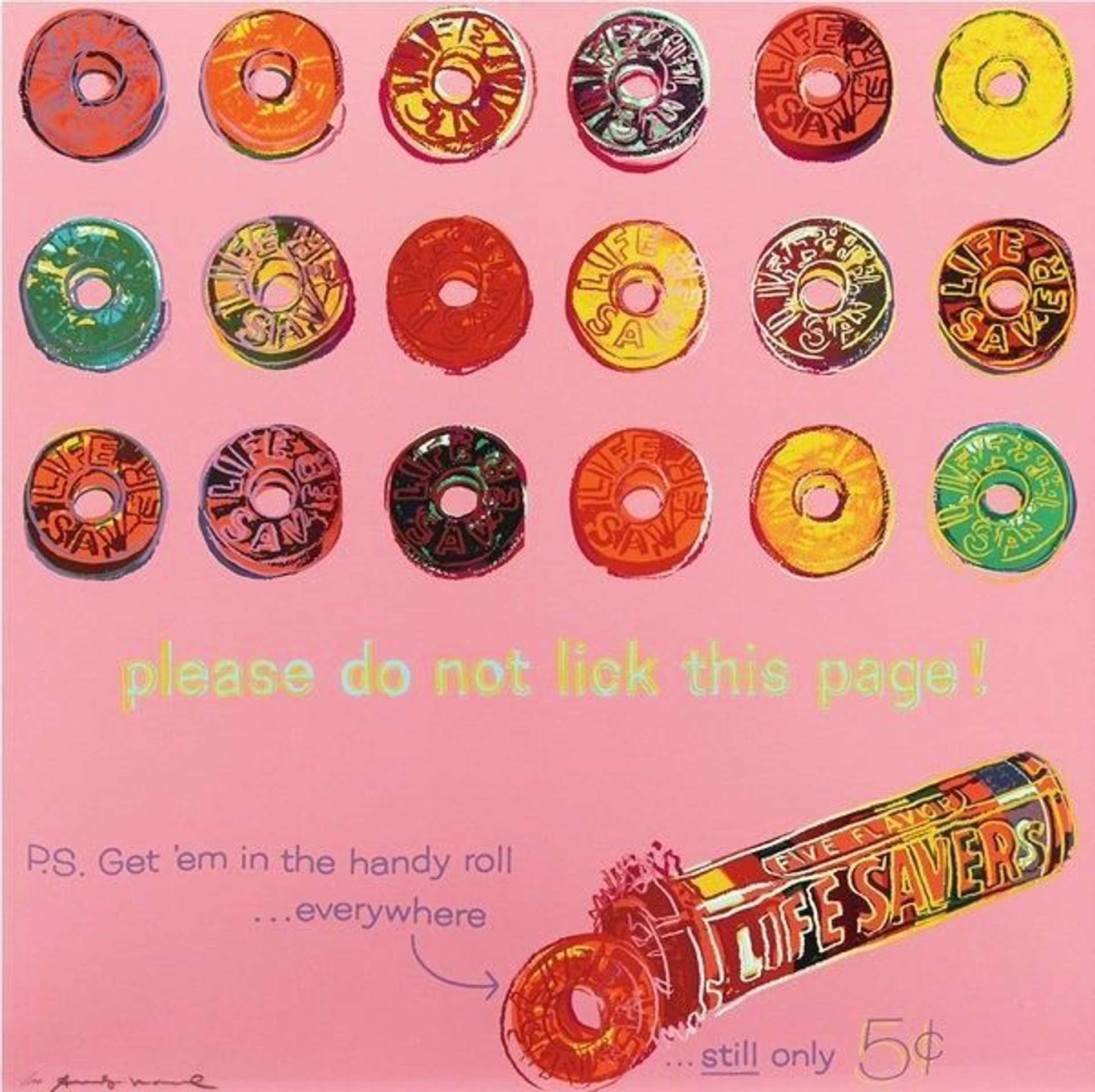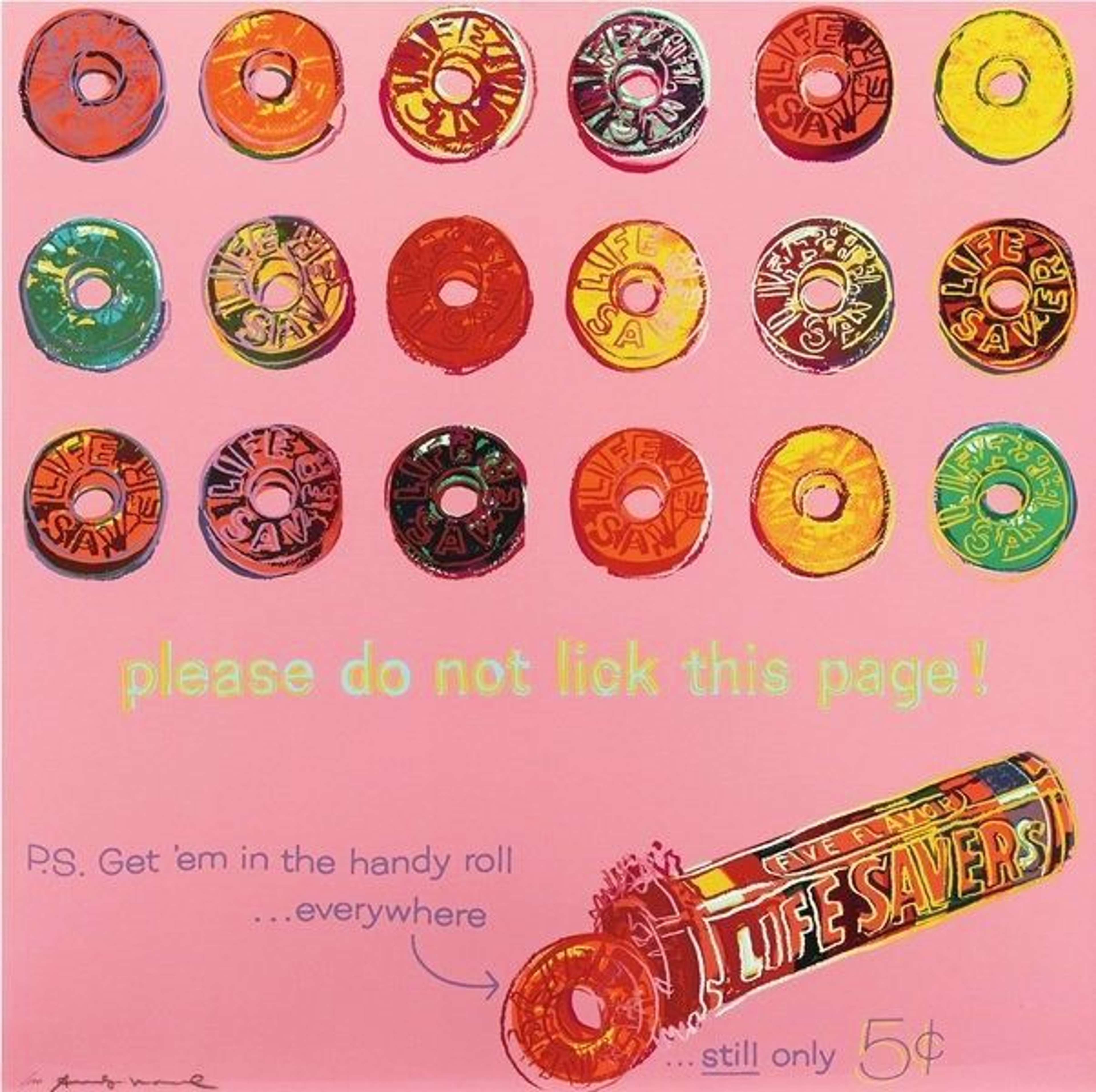Reflections on Ivan Karp: The Founder of Pop Art

 Moonwalk (F. & S. II.404) © Andy Warhol 1987
Moonwalk (F. & S. II.404) © Andy Warhol 1987Market Reports
Few dealers have altered the course of contemporary art as decisively as Ivan Karp. Before Pop Art was headline news, Karp’s sharp eye propelled an untested Andy Warhol from obscurity to the walls of Leo Castelli’s gallery, setting a market in motion. In this first-hand account, Pop Art authenticator and veteran dealer Richard Polsky revisits his formative meeting with Karp in 1976, offering an inside look at the instincts, wit, and relentless curiosity that turned a loft full of unlikely objects into the launchpad for a cultural revolution.
In 1976, when I was a junior in college, one of my painting instructors organized a class trip to New York City. Though I was born there, I had never really explored the art scene. The plan was to visit the major museums; the Guggenheim, the Met, the Whitney, and the Modern. We were also planning to hit some of the key galleries in SoHo including the Leo Castelli Gallery – ground zero for the Pop Art movement. But the highlight of our excursion was supposed to be a visit to Ivan Karp’s gallery, O.K. Harris Works of Art, and his personal loft which had recently been featured in Architectural Digest.
The Eye that Spotted Warhol, Lichtenstein, and Rosenquist
By all accounts, Karp discovered Andy Warhol and brought his work to the attention of his boss, Leo Castelli. Mr. Castelli was initially reluctant to take Andy on. But once he attended the show of the historic “Marilyn” paintings at Elanor Ward’s Stable Gallery in New York in 1962, he left the opening reception fully convinced that he should represent Andy. Karp also was responsible for signing Roy Lichtenstein. When Roy showed up one day at the Castelli Gallery with a few of his paintings, Ivan was flabbergasted by their comic book-related imagery, and remarked, “I’m not sure you’re allowed to do that.” And once again, Castelli needed convincing to represent Lichtenstein. But he eventually relented when a painting of a woman hoisting a beachball over her head sold to the architect Philip Johnson. Karp also was responsible for discovering James Rosenquist and he championed Tom Wesselmann.
When I met Ivan for the first time (during my class trip) he was sitting behind a tremendous antique oak desk smoking one of his trademark cigars. He rose from his desk to greet us and then proceeded to take us on a tour of his gallery. While I don’t recall the specific art that we saw that morning, I retained a vivid memory of Karp himself. He talked in rapid fire sentences and sounded like a cross between a carnival barker and a spiv. He was the least pretentious art dealer I ever met and was highly approachable.
Inside Karp’s New York Loft
The real surprise took place when we walked across the street to view Ivan’s two-floor loft. Later I would learn that he sold a major Warhol painting called Cherry Marilyn, for $18,000, that Andy had given him for all of his support, and used the money as a downpayment (today the painting would be worth $40-$50 million). Seeing Karp’s personal collection of art and artifacts turned out to be a game changer. His collection was an amalgam of Pop Art, Photorealism, old trade signs, antique game boards, primitive wooden washboards; anything with visual allure. As Ivan once summed up his collecting obsession (to paraphrase), “When I walk into a shop and see a wonderful object lying there in melancholy isolation I have to have it.”
The key moment for me at Ivan’s loft was seeing an old wooden railroad trolley with cast iron wheels that he had repurposed as a coffee table. It never occurred to me that a blunt industrial object could have so much visual appeal. There was also a tile mosaic which once served as signage from an old Nedick’s orange juice restaurant that Ivan had removed and installed as a kitchen counter. The marvels went on and on.
Over the years, Ivan Karp remained loyal to Pop Art. I once asked him how he was able to discover so many important artists. His answer was half serious and half nonsense, “Some people are born with a chemical compound in their heads that allows them to see.” Over the years, I grew used to his entertaining explanations. But one day, during the 1980s, I got “even” when I called him from my San Francisco gallery. Ivan answered, “What’s up Pol?”
I said, “What do you think Arne Glimcher is doing right now?” (Glimcher owned Pace gallery, which was New York’s top program at the time).
Apparently, my inquiry caught Ivan off guard. He paused before answering, “This is why you’re calling me?”
“Yeah,” was all I said.
“I don’t have time for this!” he replied and then hung up on me.
I figured that at least I got a good laugh out of it.
A Half-Share Gamble on a Warhol Self-Portrait
One day during the 1980s, I was in New York and stopped by O.K. Harris. Even though Ivan was now the proprietor of his own gallery and roster of talent, he continued to deal Warhols on the secondary market. We walked over to a flat file and he produced a 10” x 10” Andy Warhol silver Self-Portrait from 1967 (with two fingers covering his mouth).
Ivan said to me, “Polsky, don’t you know some of the people at the Warhol estate?”
Before I could answer, he added, “If you can get this authenticated, I’ll give you a half-share!”
I looked at the canvas, which looked right as rain, and remarked, “You’re Ivan Karp, the man who discovered Andy Warhol. If they don’t believe you, they’re certainly not going to believe me.”
Karp’s Lasting Wit & Influence
Over the years, we stayed in touch. Eventually, I wound up living briefly in Los Angeles. I had heard that the venerable dealer Jack Glenn had invited Ivan to come to his gallery to give a lecture on Pop Art. He covered all of Ivan’s expenses and paid him several thousand dollars as an honorarium. I remember arriving early to get a good seat, filled with anticipation. Although I was already familiar with many of Ivan’s stories about the 1960s, I was hoping to be treated to some new revelations.
Jack Glenn was all smiles as he introduced Ivan. He waxed poetic about all of Ivan’s contributions to art history and then launched into how everyone was about to hear the real truth about what went on in the art world back in the 1960s. I looked around and watched the audience nod appreciatively. With applause ringing in his ears, Ivan grinned as he walked to the center of the room. He began his lecture talking about the current craze for Cajun food from New Orleans. This was the era of chef Paul Prudhome, who became a media star and one of the first celebrity chefs. Ivan then began carrying on about the joys of blackened redfish.
For the next forty-five minutes, he talked nonstop about Cajun cuisine. The audience was baffled and kept waiting for him to segue into Pop Art. But it never happened. At the conclusion of his speech, Jack Glenn walked out and began applauding wildly, as if we had just experienced something profound. I just shook my head, thinking about how outrageous that was. But I also left the Jack Glenn Gallery that night smiling to myself.
Ivan Karp passed away in 2012, at the age of eighty-six. He was part of a group of influential dealers from the Pop era, including Leo Castelli, Ileana Sonnabend, and Allan Stone, who are long gone. The last living link is ninety-five-year-old Irving Blum (who once exhibited and bought Warhol’s famous thirty-two Campbell’s Soup Can paintings). While every era has its significant dealers, the Pop gallerists were the last group who were in it for the art – not the investment. Ivan Karp’s remarkable pinnacle remains.





























